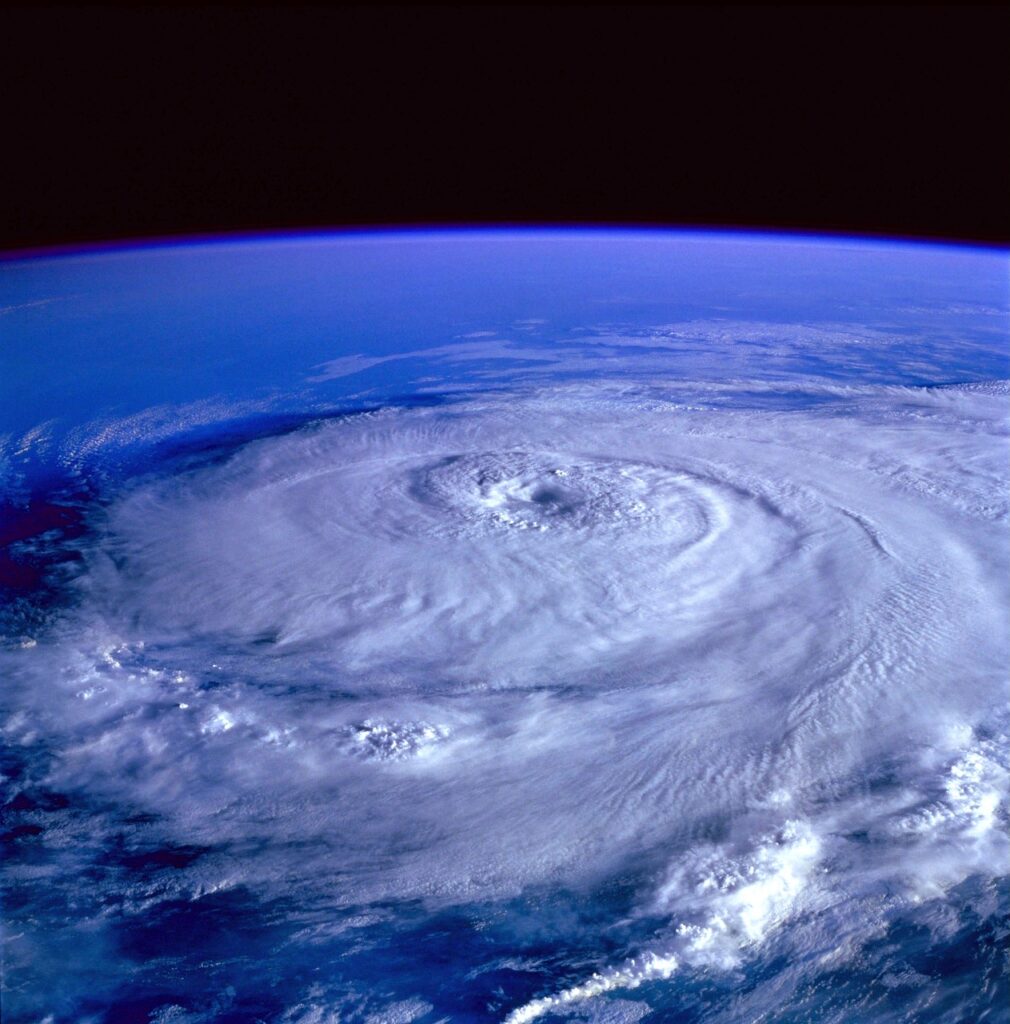Florida hurricanes are a regular natural occurrence, bringing devastating winds, heavy rains, and flooding to the state’s coastal areas. These hurricanes are part of the Atlantic hurricane season, which runs from June to November, and their intensity can vary based on factors such as wind speed, storm strength, and warm water temperatures.
Causes of Hurricanes in Florida
Florida’s geographical location makes it highly susceptible to hurricanes. Situated between the Atlantic Ocean and the Gulf of Mexico, it provides an ideal environment for tropical storms to form. Warm ocean waters are the primary fuel for hurricanes, making Florida more vulnerable than other states. A combination of environmental factors, such as high winds and low atmospheric pressure, leads to destructive hurricanes.
Impacts of Florida Hurricanes
The effects of hurricanes in Florida range from powerful winds to heavy rainfall, and widespread flooding. Strong winds can uproot trees and destroy buildings, while torrential rains cause severe flooding, damaging infrastructure and homes. One of the most dangerous consequences is storm surges, which lead to massive coastal destruction and sudden rises in water levels.

Some of the most destructive hurricanes in Florida’s history include Hurricane Irma in 2017 and Hurricane Michael in 2018. These storms caused billions of dollars in damage, displaced thousands of residents, and left long-lasting economic and social impacts.
Preparing for Hurricanes
One of the most critical steps for Florida residents is always to be prepared for hurricane season. Emergency preparedness plans include storing enough water and non-perishable food, packing emergency kits, and identifying evacuation routes. Local authorities urge residents to follow weather forecasts closely and adhere to safety guidelines.
Government agencies also work to strengthen Florida’s infrastructure to better withstand hurricanes. This includes reinforcing seawalls, improving drainage systems to mitigate flooding, and constructing buildings that are more resistant to high winds and storm conditions.
Climate Change and Its Impact on Hurricanes
Climate change plays a significant role in the increasing intensity of hurricanes in Florida. As global temperatures rise, so do ocean water temperatures, providing more energy for tropical storms. This leads to stronger hurricanes, making them more destructive. Additionally, rising sea levels exacerbate flooding, posing greater risks to Florida’s coastal areas during storms.
Economic and Environmental Effects
Florida’s economy suffers significant losses due to hurricanes. Agriculture, tourism, and real estate are particularly vulnerable, as crops are destroyed, tourist destinations are closed, and properties are damaged by wind and flooding. Additionally, hurricanes have a considerable environmental impact, disrupting wildlife habitats and natural ecosystems as strong winds and floods destroy vegetation and alter landscapes.
Conclusion
Florida hurricanes present a substantial challenge that requires careful preparation and cooperation between residents and government agencies. As climate change increases the intensity of hurricanes, preventive measures must be taken to strengthen infrastructure and ensure the safety of the population. With improved resilience, Florida can better manage and recover from the effects of future hurricanes.



